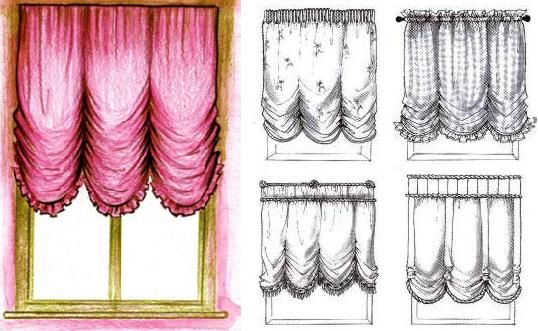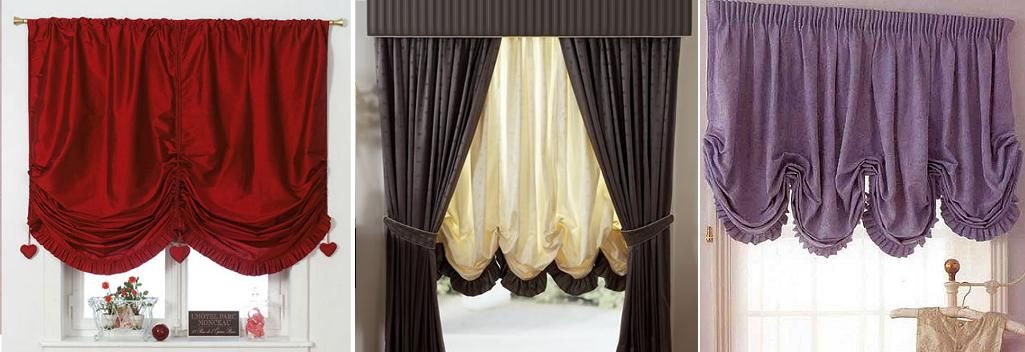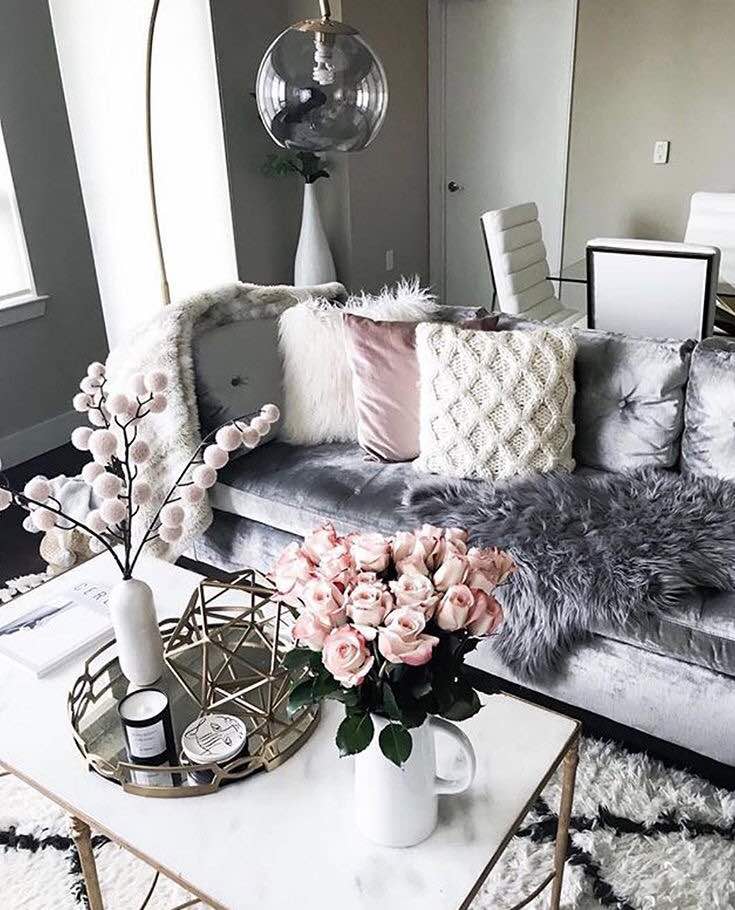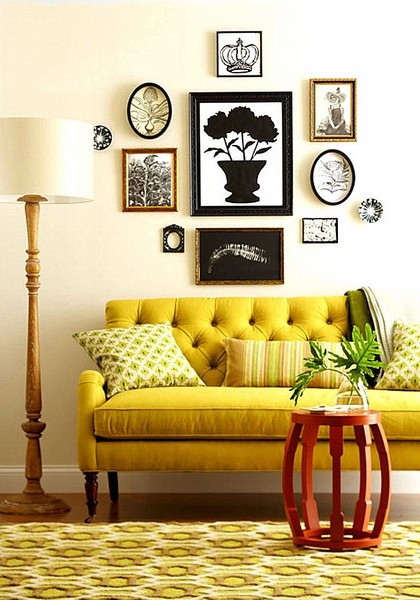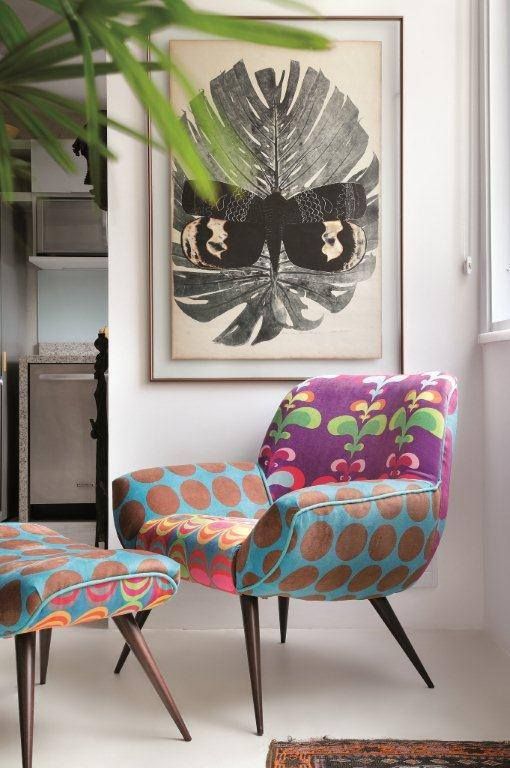Austrian curtains are a combination of two popular types of curtains in one form, namely: French and Roman. From the French curtains, the Austrian took splendor is sweet, and from the Roman – a laconic mechanism and a horizontal rise.
Austrian curtains in room interior design
The Austrian curtains in the unfolded position look like a solid and even canvas, when the curtains rise along their lower edge, slightly draped assemblies or lush arc folds (festoons) are formed. It should be noted that these folds in the curtain only occur when they are lifted and pulled together with heavy cords, decorated with luxurious tassels, while French curtains have folds along the entire length of the curtains and in a straightened state. In addition, if you want the curtain to cover the entire window, and lush, luxurious scallops are preserved along its lower edge, then you should choose a length below the window sill.
The history of the Austrian curtains
Austrian curtains appeared in the XVIII century, and at that time they had the name festoon. Such curtains were distinguished by luxury and splendor, due to the fact that they were sewn from woolen or cotton fabric. These curtains became fashionable at the Austrian court, which was famous for its splendor. Since such curtains were first sewn to decorate the homes of aristocrats, they have not gone out of style. Since the end of the 19th century, it has become fashionable to hang Austrian curtains in doorways. By the way, since the XVIII century, the design of these curtains suggests that they are almost never made from completely transparent fabrics. Most often they decorated windows that were shuttered most of the time. Today, Austrian curtains are used in various interiors when it is required to emphasize their exclusivity and chic..
Control mechanism and fasteners for Austrian curtains
Austrian curtains are mounted on a rail curtain rail. In order to give the curtains the necessary shape, a special system of cords is used, passed through the loop through loops or rings. These cords are also attached to the cornice. The Austrian curtain is controlled by a chain mechanism with self-braking, with the help of which there is no need to touch the canvas with your hands, just scroll down the chain and stop the curtain at the desired window level. In addition to its practical function, the cords also carry a decorative load. Thanks to the cords, a finished look of the entire composition of the Austrian curtains is achieved..
Fabric for Austrian curtains: which one to choose
Almost any fabric is used for Austrian curtains, but most often fabrics of light and translucent textures with pastel shades are in demand. It should be noted that the Austrian curtains made of fabrics having a shiny surface – polyester, rayon, taffeta, organza, batiste, and a veil will look most impressive. In general, the type of curtains largely depends on the type of fabric used in their manufacture. Thus, if the curtain is made of moire, thick silk or satin, their folds will be deeper and sharper, and elegant brushes are suspended under the vertical assemblies to highlight the splendor of festoons. If the Austrian curtain is made of hard chintz, then during assembly it forms wide folds. We recommend using lighter and thinner types of fabric than those used, for example, for Roman curtains. Also, you can easily refuse the lining, because Austrian curtains in a modern interior are often used not for their intended purpose – protection from daylight, but rather as a decorative element to emphasize the style of the interior and the status of the owner of the house.
Austrian curtains made of lightweight fabrics:

Austrian blackout curtains:
Ways to install Austrian curtains
The Austrian curtain is installed on the window sash or on the whole opening, fastened to the aluminum cornice with adhesive tape. Very often, the Austrian curtain can be seen not only separately, but also in combination with lambrequins (at the bottom of the curtain), curtains (on the sides of the curtain) and lining (under the Austrian curtain). Curtains can be installed both inside the window opening, like Roman ones, or outside, like curtains.
The most suitable rooms and styles for Austrian curtains
The classic design of the curtains involves warm pastel colors, visually large window openings (that is, curtains are used in large rooms) – it is in these rooms that they can reach their full potential and give cosiness and luxurious nobility to the interior. Typically, these rooms are a living room, dining room and bedroom. Such curtains look very profitable with beautiful lighting: a lot of folds allow the light to play on them and draw very interesting patterns. Soft smooth lines of the curtains soothe and create an atmosphere of comfort in the room.
Despite the fact that many design textbooks praise the versatility of these curtains and their relevance in the interiors of any style, in our opinion, Austrian curtains will look most appropriate in traditional interiors or in interiors in the style of Provence or country, provided that natural fabrics with bright flower patterns, as in the photo below:

Photos of interiors with Austrian curtains


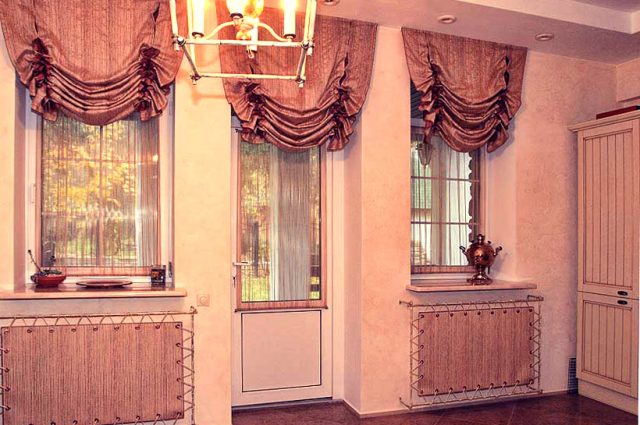
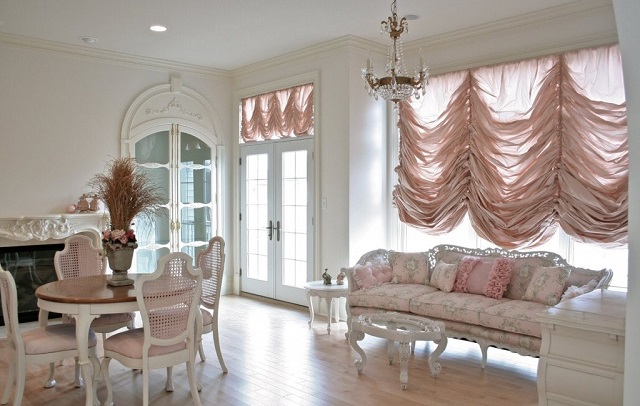

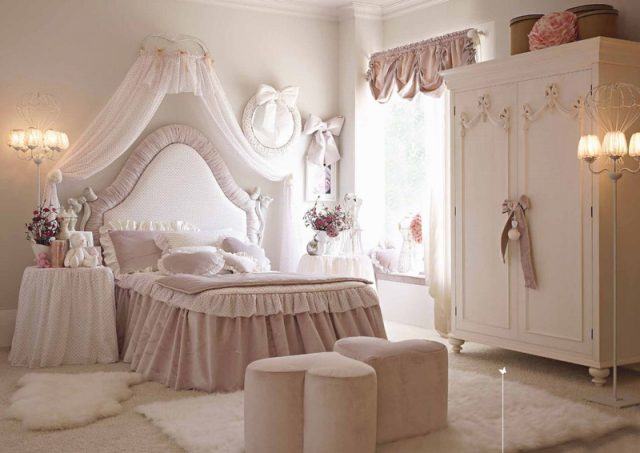

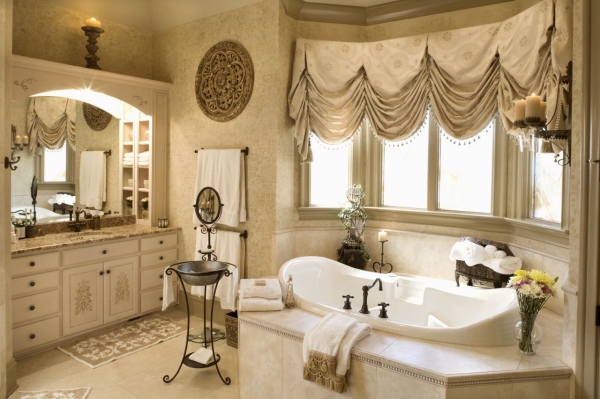
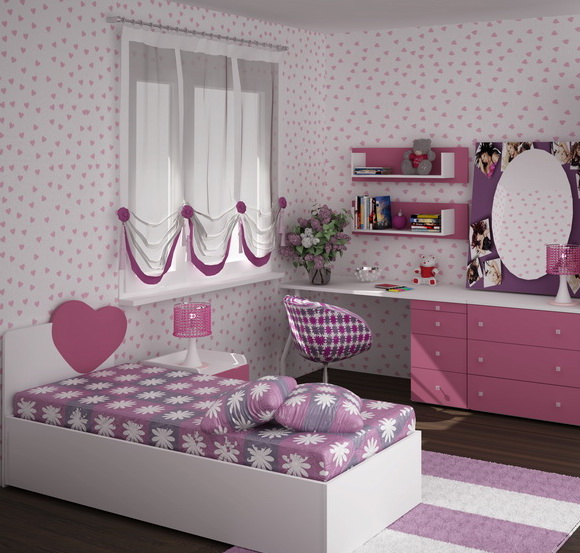
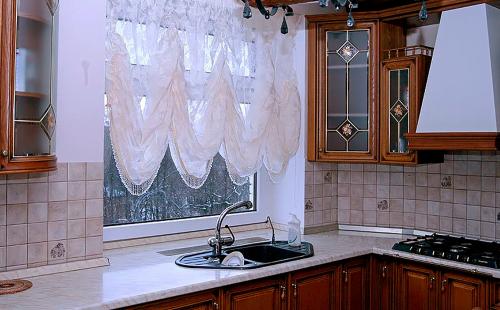
Austrian curtains are beauty, superiority, splendor and luxury, durability, practicality and strength. The design of window openings by Austrian curtains is a prestigious way of decoration, which will emphasize respectability, solidity and excellent taste of the owner. The elegant and romantic design of these curtains will bring the old-fashioned charm of the classics into the interior, turning a regular window into a real work of art.
More feature articles:
All about curtains: basic terms in the examples
Ways of fastening curtains: eyelets, drawstring, loops, ties, braid, rings
Curtains: grip for curtains, straight curtains or puffs?
Roman curtains: types and features
Roman curtain in various rooms
Do it yourself: Roman curtains. Step by step instructions
Roller blinds
Cafe style curtains
French curtains
English (London) curtains in the interior







